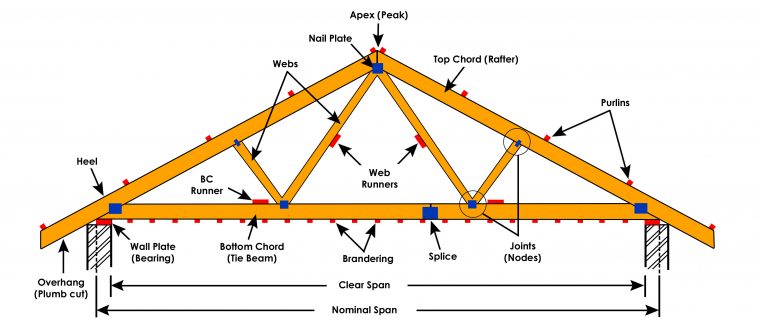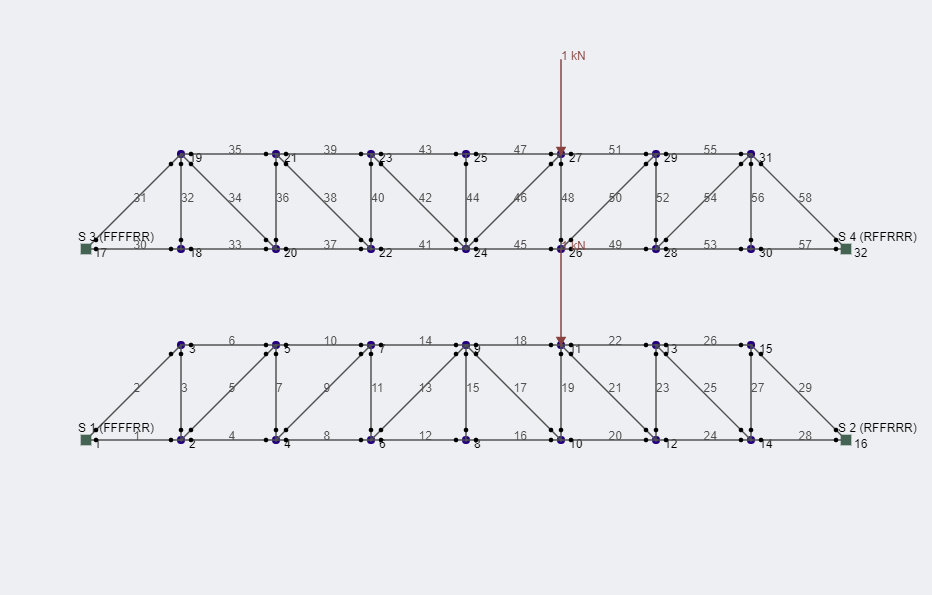Many people argue over whether or not the truss bridge is the strongest bridge design today let s take a look at all of the advantages and disadvantages to figure it out.
Howe truss roof advantages and disadvantages.
Timber roof trusses provide an environmentally friendly alternative.
A roof truss is a structural unit designed to frame a roof and to support the roof material interior ceiling insulation and forces caused by snow rain and wind.
We have expanded on the advantages and disadvantages of several of the major types of roof trusses.
Economical to build the materials to build a truss bridge are minimal and every single bit is used very efficiently.
A roof truss is a very strong and stable frame that is made of wood and is held together with the help of metal connector plates.
The truss is a building invention that allows the weight of a roof to be distributed to the outer walls for better support.
Timber has advantages and disadvantages when used in truss construction.
This shape gives the building more support and allows the builder to use fewer materials to achieve the same function.
A truss uses 40 percent less timber than traditional pitched roof construction methods according to mitek truss fabricators.
Essentially a truss is triangular in shape or composed of multiple triangles.
The timbers used to construct a truss are smaller in dimension and span.
A raised heel truss is designed to span an area and provide adequate space for full depth attic insulation.









